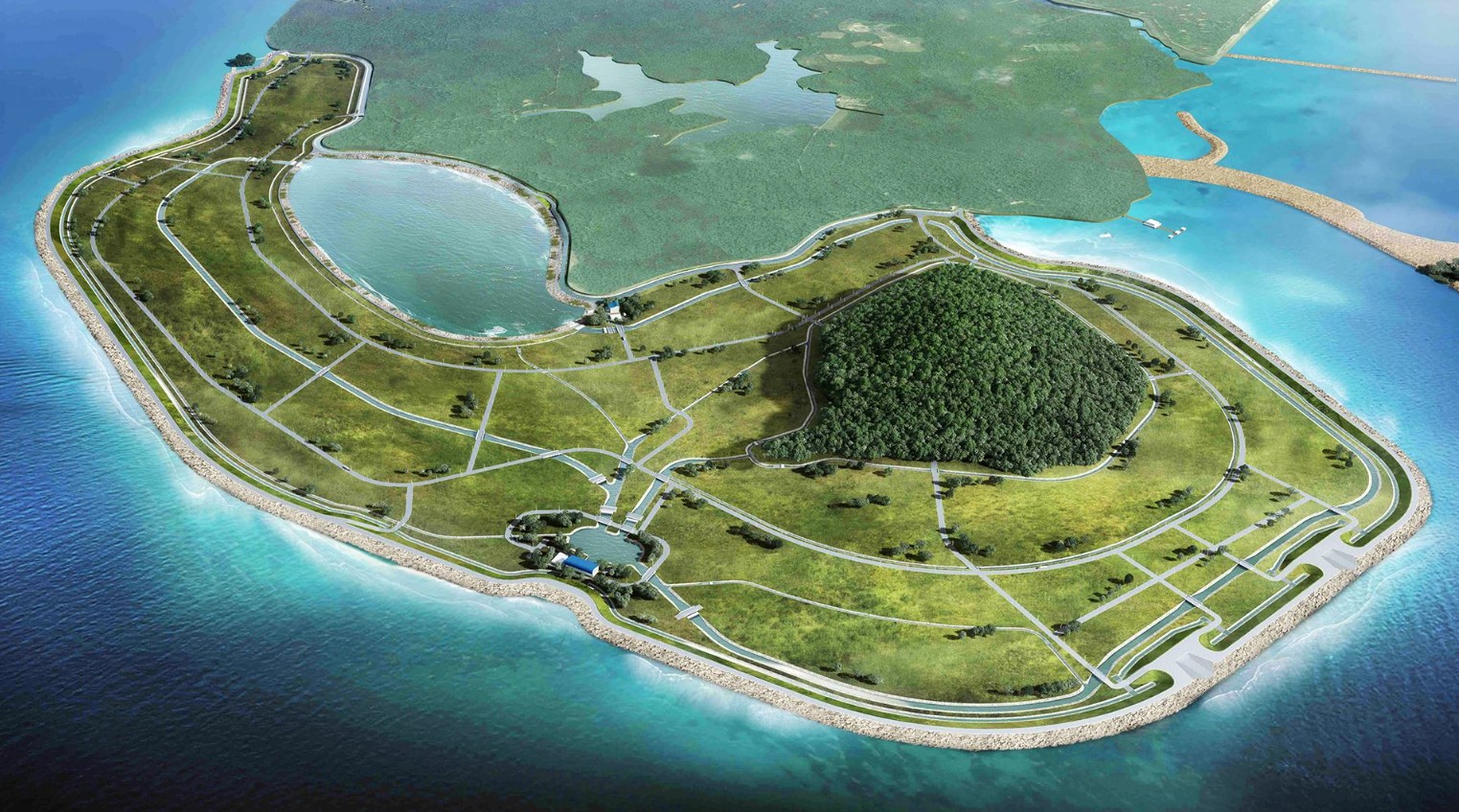Surbana
Jurong,
SMEC’s
sister
company,
works
on
Singapore’s
first
polder
system
to
tackle
the
rising
sea
levels.





